Growing Health Consciousness
The increasing health consciousness among consumers in South America appears to be a pivotal driver for the empty capsule market. As individuals become more aware of the benefits of dietary supplements and herbal medicines, the demand for empty capsules is likely to rise. This trend is reflected in the growing sales of nutraceuticals, which have seen a surge of approximately 15% annually in recent years. The empty capsule market is poised to benefit from this shift, as manufacturers adapt their offerings to meet the preferences for natural and organic products. Furthermore, the rise in self-medication practices among consumers may further fuel the demand for empty capsules, as individuals seek to create personalized supplement regimens. This evolving landscape suggests a robust growth trajectory for the empty capsule market in the region.
Rising E-commerce Penetration
The rapid growth of e-commerce in South America is transforming the retail landscape, which may have a profound impact on the empty capsule market. As online shopping becomes increasingly popular, consumers are gaining access to a wider range of dietary supplements and herbal products. This shift is likely to drive demand for empty capsules, as more manufacturers seek to capitalize on the online market. Recent data suggests that e-commerce sales in the health and wellness sector have surged by approximately 20% in the past year. Consequently, the empty capsule market could experience a significant boost as companies enhance their online presence and offer diverse product lines. This trend indicates that the empty capsule market is well-positioned to leverage the growing e-commerce sector in South America.
Innovations in Capsule Formulation
Innovations in capsule formulation technology are emerging as a key driver for the empty capsule market in South America. Manufacturers are increasingly focusing on developing capsules that enhance bioavailability and improve the delivery of active ingredients. This trend is particularly relevant as consumers seek more effective supplement options. Recent advancements, such as the introduction of enteric-coated capsules and those designed for controlled release, are likely to attract attention in the market. The empty capsule market may see a growth rate of around 12% as these innovations gain traction among health-conscious consumers. This focus on formulation advancements suggests a dynamic evolution within the empty capsule market, catering to the evolving needs of the South American population.
Regulatory Support for Herbal Products
Regulatory frameworks in South America are increasingly supportive of herbal and natural products, which is likely to bolster the empty capsule market. Governments are recognizing the potential health benefits of herbal supplements and are implementing policies that facilitate their production and distribution. For instance, the approval of various herbal formulations has led to a notable increase in the number of products available in the market. This regulatory support may enhance consumer confidence, thereby driving demand for empty capsules used in these formulations. The empty capsule market could see a significant uptick in growth as manufacturers align their products with these regulations, potentially leading to a market expansion of around 10% over the next few years. This trend indicates a favorable environment for the empty capsule market in South America.
Increased Investment in Pharmaceutical R&D
The surge in investment in pharmaceutical research and development (R&D) in South America is likely to serve as a catalyst for the empty capsule market. As pharmaceutical companies allocate more resources to developing new drugs and formulations, the demand for empty capsules is expected to rise correspondingly. This trend is underscored by a reported increase in R&D spending, which has grown by approximately 18% over the past few years. The empty capsule market stands to benefit from this heightened activity, as capsules are essential for the delivery of various pharmaceutical products. This investment-driven growth may lead to a more robust empty capsule market, with potential expansion opportunities as new products are introduced to the market.


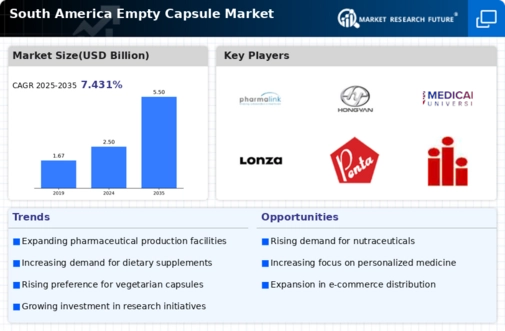
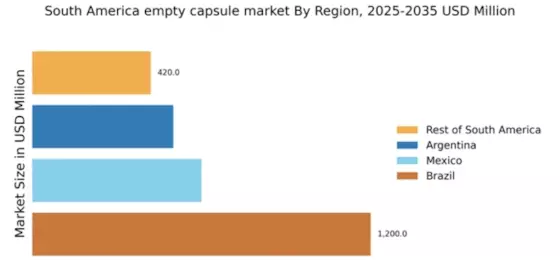
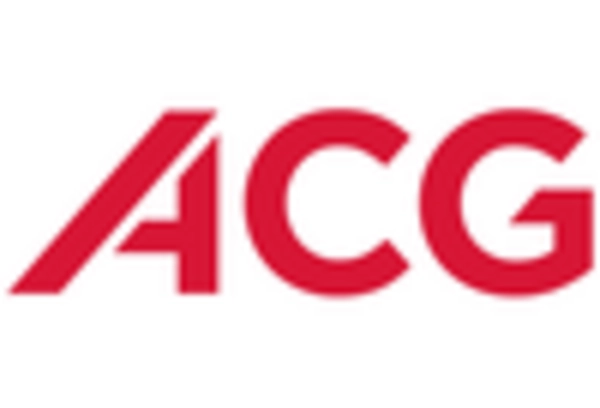
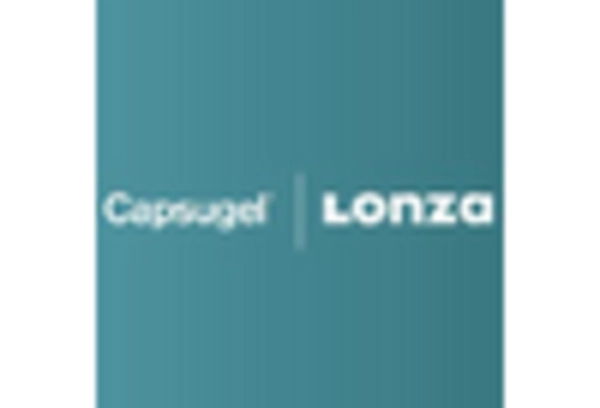


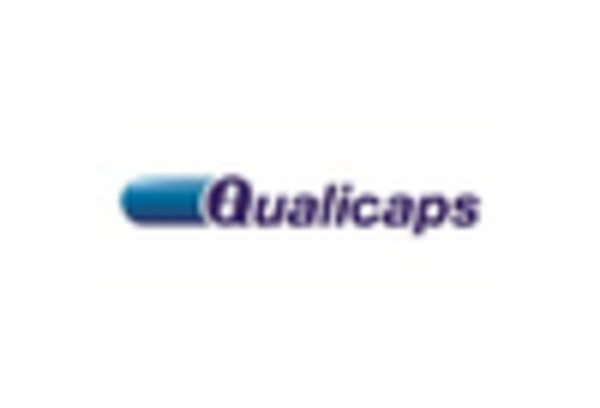
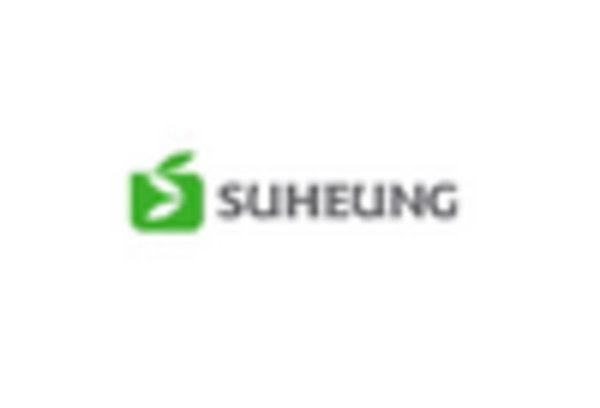








Leave a Comment